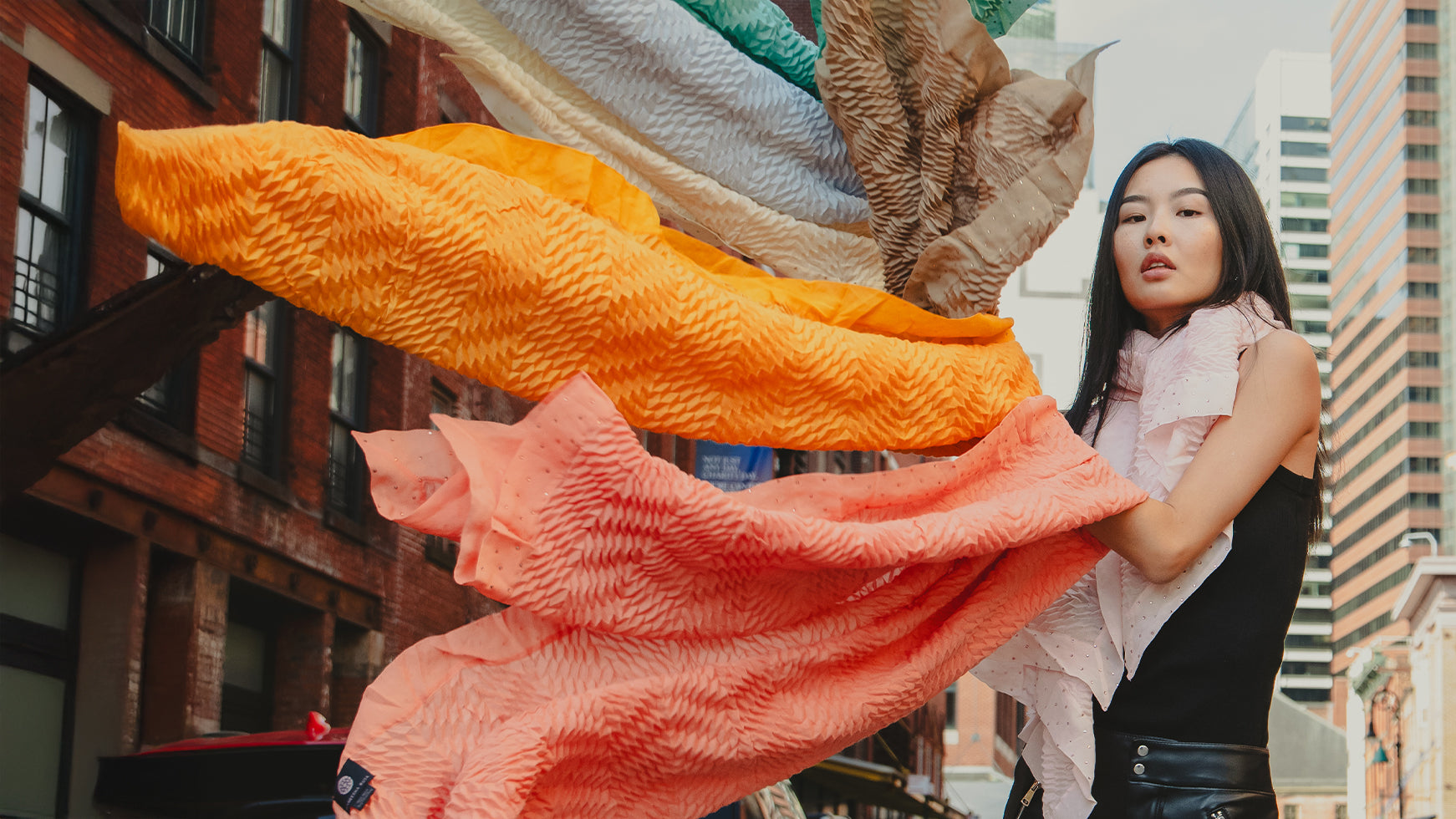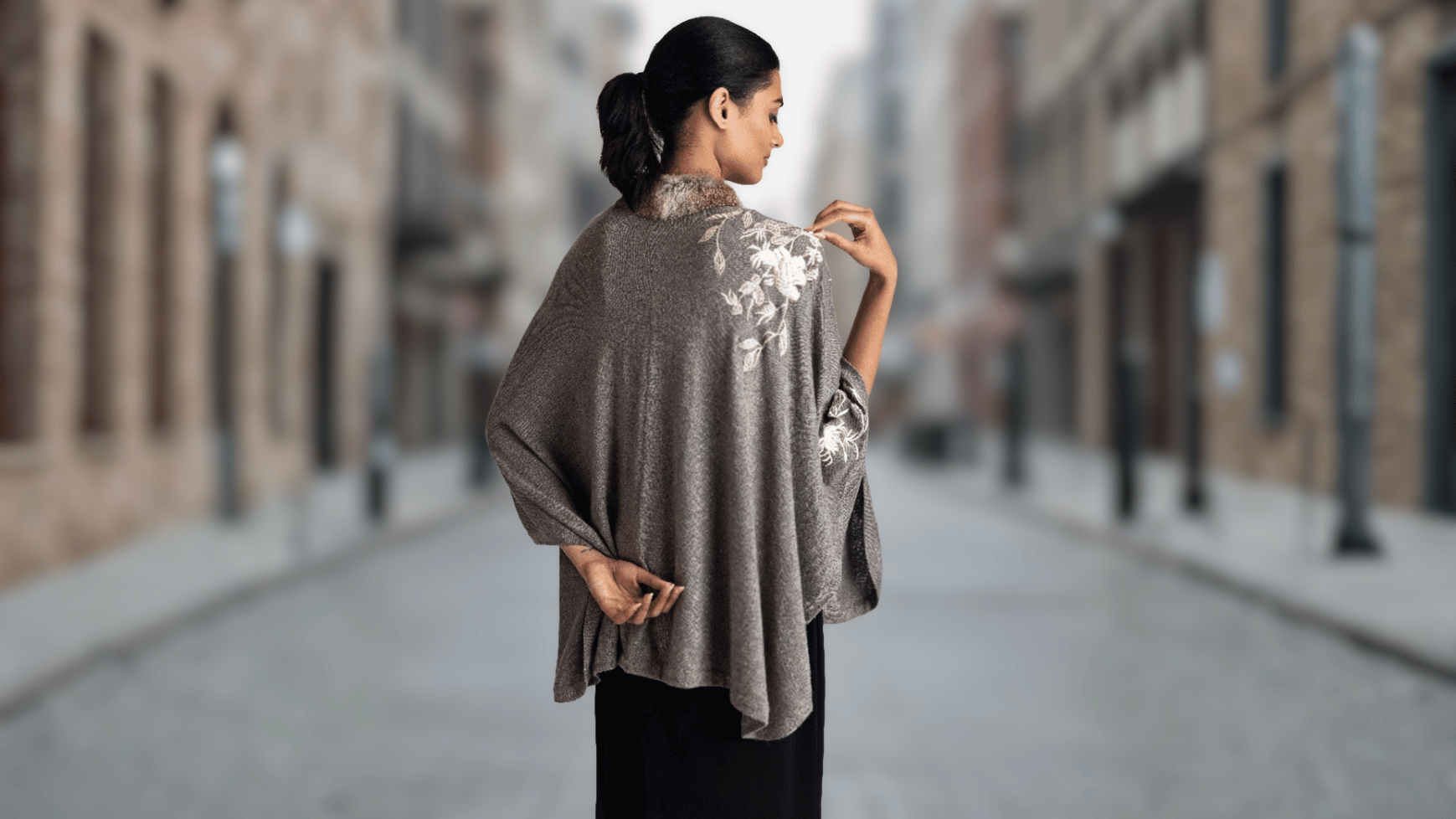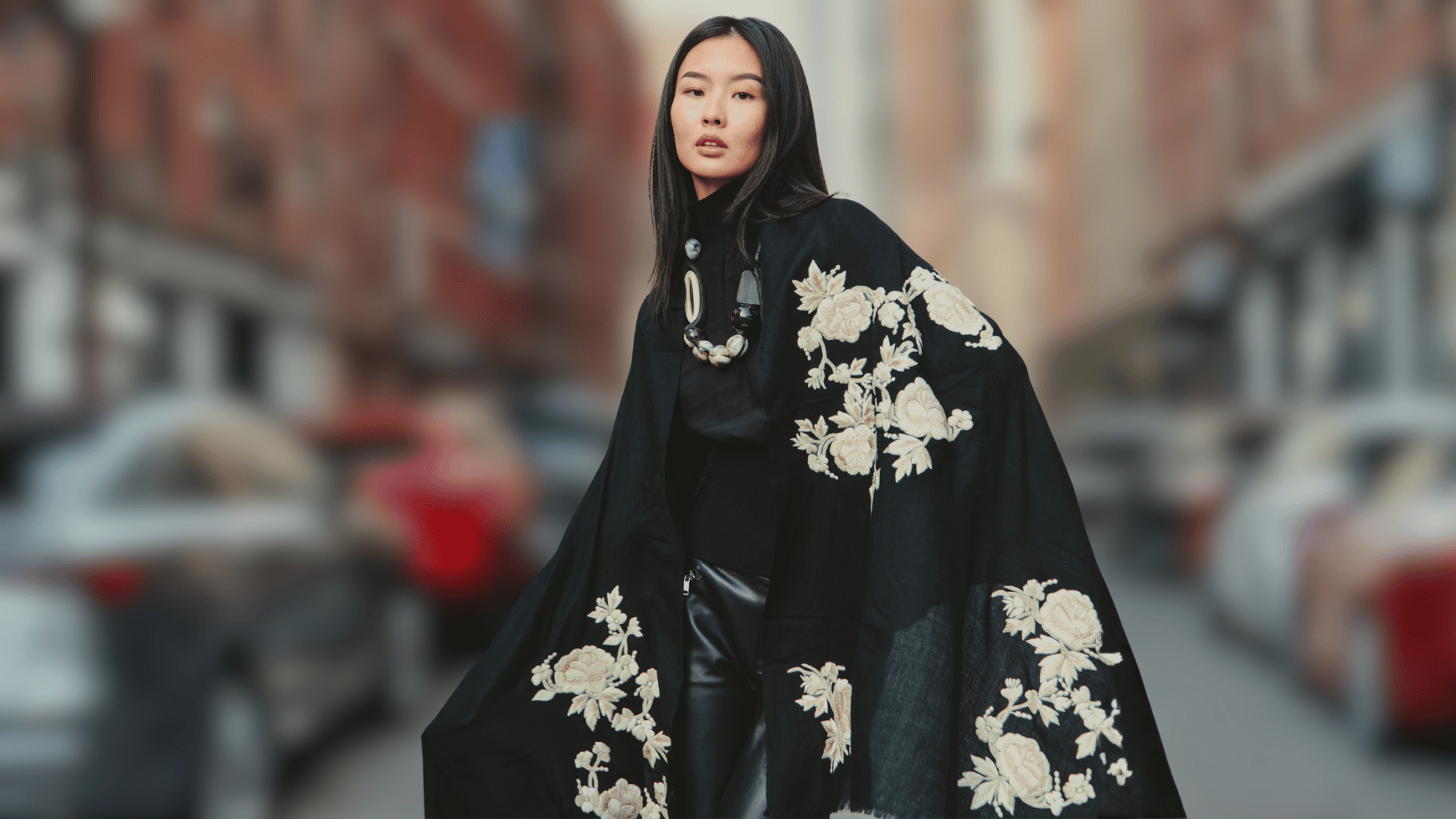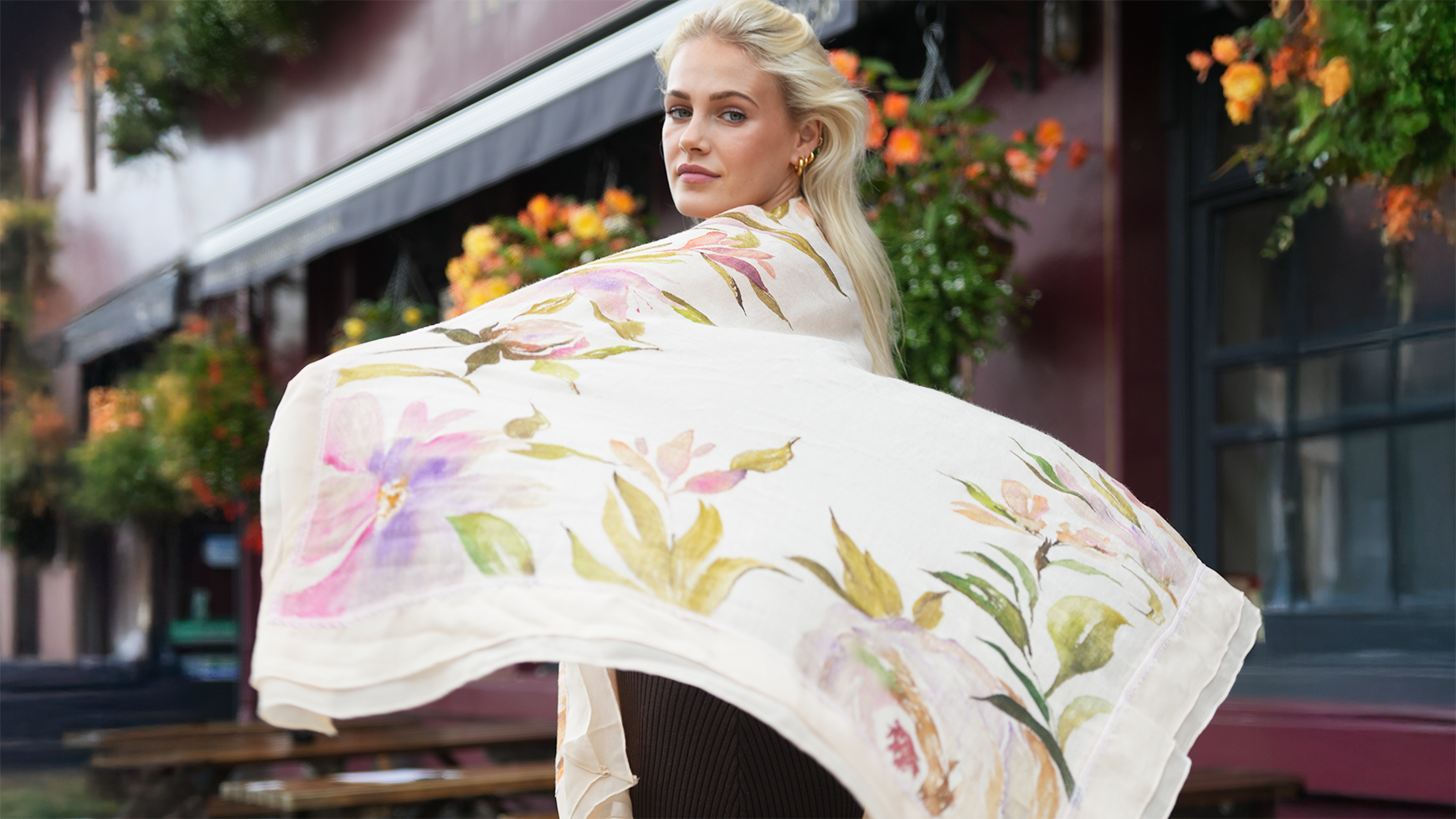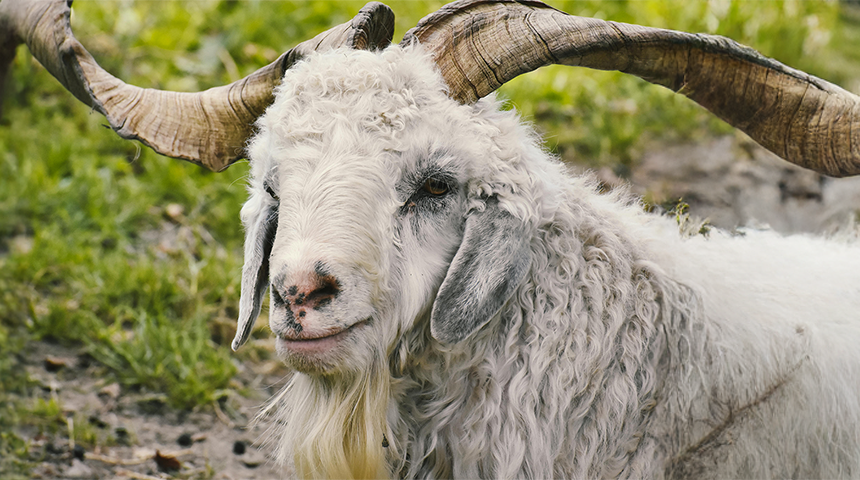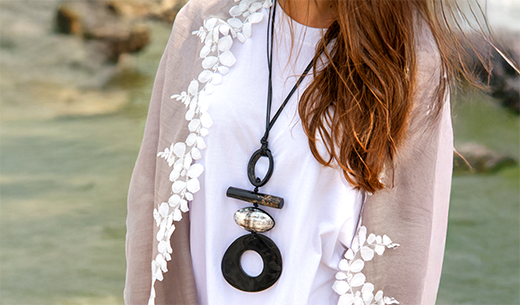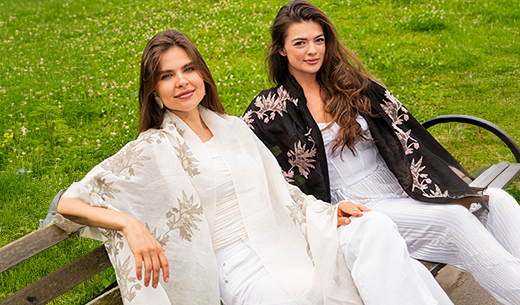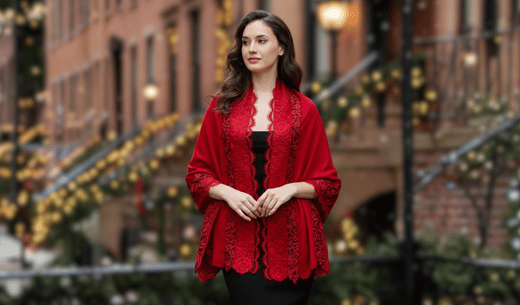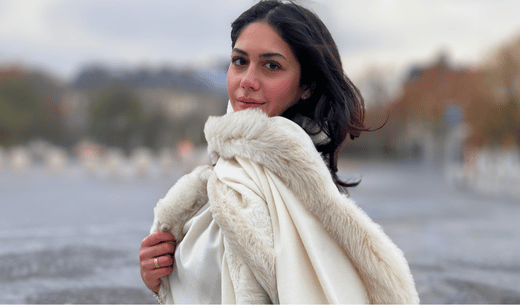The Difference Between Cashmere and Pashmina
You're looking for something that feels the way a hug feels but is as light as a feather when you cram a scarf into your tote bag as you are heading out the door. A ritual, not just an accessory. Choosing between a cashmere scarf or a pashmina scarf feels right for this moment and has less to do with fashion, regardless of whether you are getting ready for a cool morning walk in Central Park or packing for a weekend trip to Napa.
Most of the time, cashmere and pashmina are used interchangeably. Both arouse feelings of luxury, both have their roots in centuries-old customs, and both are literally shrouded in mystery. However, you'll require more than folklore and fashion tales when you start looking into the world of pashmina scarves for women, particularly if you're thinking about investing in a real one. Clarity is what you'll want.
Both represent grace, coziness, and custom. They vary slightly in quality, texture, and place of origin, though. In actuality, pashmina and cashmere are two different but related textiles. They are both opulent and highly sought after, and each has a unique personality and tale. Knowing their origin tales, including the history, craftsmanship, and fiber variances, can help you make a better choice. Furthermore, once you choose a pashmina scarf, it won't look like a passing trend. It will feel like a full circle to follow in the footsteps of women who have worn these royal woolen garments as armor and artwork.
Unraveling the language of luxury
The primary difference can be found in the classification. Pashmina, derived from the Persian word for wool (Pashm), is the fine fiber that is taken from Himalayan goats. Cashmere was the name given by Europeans to this opulent substance when they first saw it in Kashmir. In essence, "cashmere" is the word known worldwide for the same beautiful fabric, whereas "pashmina" is the local phrase.
Tracing the threads of tradition
Woollen scarves have been associated with royalty since the Indus Valley civilisation, specifically at Mohenjo-Daro. Afghan manuscripts from the third century BC provide descriptions of Kashmiri woolen shawls. After bringing Persian weavers to Kashmir, Zayn-ul-Abidin, the monarch of the 15th century, developed the region's wool industry. The Persian term "pashm," which signifies wool, is even the source of the English word "pashmina."
The distinctive feature of this wool industry is that the artisans gather the fiber from goats in the Himalayan region rather than sheep.
The Reasons Behind Pashmina's Success
Made from the incredibly fine wool of Himalayan goats, 100% pashmina is the ultimate in luxury. There is no doubt that a pashmina scarf is one of the most useful and lustrous products available for purchase. It is derived from the undercoat of Changthangi goats, which are native to Ladakh and Kashmir in the Himalayas. Authentic pashmina is renowned for its unmatched warmth, softness, and classic style. It is weaved on traditional looms and painstakingly hand-spun. It is among the world's most sought-after textiles.
The pashmina scarf is, without a doubt, one of the most luxurious and practical things you can purchase. Taking good care of your cashmere or pashmina scarf is crucial to maintaining its longevity and beauty. These outstanding textiles can be preserved as treasured wardrobe pieces for many years to come with a few easy care instructions. The fibers are extremely thin, ranging from 12 to 16 microns. Being significantly finer than regular wool, pashmina scarves are featherlight but highly warm. Take the Firecracker Red Cashmere Pashmina Scarf, which is a handcrafted item. It's more than simply cloth. It's tradition, created in the serene cadence of Kashmiri valley looms, where patience and expertise create the remarkable.
Cashmere: What is it?
Fine wool gathered from cashmere goats is referred to as cashmere. These goats can be found in a variety of places, including China, Iran, and Mongolia. It's not inferior because of this. Actually, cashmere's somewhat larger threads tend to make it more resilient and appropriate for heavier knits like ponchos, jackets, and capes.
An ideal illustration?
The beige cashmere scarf is filled with hand painting. Lace and frill. It keeps you warm without being bulky when worn over a travel ensemble. For a breezy evening stroll on Madison Avenue or long-haul flights, the knit's body and fluidity make it perfect. A Lt. Copper Cashmere Scarf with lace, 3D appliqués, and gray faux fur pom-poms is best suitable for winter parties.
How do they feel in terms of texture, weight, and finish?
It feels like a secret to Pashmina. It's gossamer-thin and feather-light, but surprisingly warm. As a traditional measure of genuineness, the weave is so thin that it can be drawn through a ring. It's the type of garment you cover your exposed skin with and then forget you're wearing until someone stops you to inquire about its origin. Cashmere has a heavier texture. You want to wrap yourself in it forever because of its buttery, silky texture. Because it weighs a little more than pashmina, it's perfect for outerwear items that need to maintain their shape without being stiff.
Picture yourself slipping into the Black Cashmere Scarf that has a floral silver lace. Its texture paradox, draping like velvet while breathing like linen, makes it an essential piece for transitional seasons.
Craftsmanship is what makes a difference
We sell more than simply textiles at Maneesha Ruia. We maintain methods. Every piece, whether it's a cashmere scarf with fringe or a wool trimmed in silk, combines traditional handicraft with contemporary style.
To maintain the authenticity of the weave, our artisans employ heritage looms, and each paint is done by an artist. Mass production does not exist. Not automated. Just careful hands creating classic shapes out of natural fibers.
Consider the cashmere scarf in natural Ivory Feather & Satin Appliqués. Although it doesn't make a big show of itself, you can sense the quality of its construction when you wear it. That is the distinction between workmanship and fashion. Seasons cause one to fade. Over time, the other gets deeper. Made from air-light cashmere or the finest pashmina, an opulent Maneesha Ruia scarf or wrap is more than just an accessory; it's a platform for personal expression. For example, a wool cape's sculptural yet flowing fabric may quickly turn a basic black dress into an ensemble fit for a gallery opening.
Consider how a striking red cashmere scarf will contrast with your black bodycon, making you the talk of the room as soon as you walk in, rather than just "adding a pop" of color. This is the type of remark that conveys a lot of information without using any words. Our designs are made to effortlessly transport you from dawn to champagne hour and to mirror your mood, so you're always dressed for the occasion. For those chilly East Coast evenings, a sumptuous oversized cashmere wrap, such as our Plum Cashmere Scarf, can be the ideal combination of coziness and elegant design. Or, for a hint of subtle luxury, our Marine Blue Superfine Cashmere Pashmina Scarf can end up being your go-to item for a small Napa Valley dinner party.
Which should you choose?
The answer lies in how you wear your luxury. If you’re someone who prefers pieces that float rather than hug, opt for pashmina. It’s ideal for indoor layering, warm-weather travels, and intimate evenings. Think garden parties, art fairs, and barefoot dinners by the sea.
FAQs
Are cashmere and pashmina interchangeable?
Although cashmere and pashmina are similar, there is a small distinction between the two. While pashmina particularly refers to the finest and softest fibers obtained from the undercoat of Himalayan mountain goats, cashmere refers to the silky wool that originates from Cashmere goats.
Where do cashmere and pashmina come from?
The fine hair of cashmere goats, which are mostly found in places like Afghanistan, China, Mongolia, and Iran, is used to make cashmere. However, the undercoat of Himalayan mountain goats, particularly those of the Changthangi breed in the Kashmir region, is the source of pashmina.
Is pashmina or cashmere warmer?
Pashmina and cashmere are both renowned for their superior insulating and warming qualities. Pashmina is typically thought to be a little warmer than ordinary cashmere because it is a type of cashmere that is renowned for its exceptional softness and warmth.
Are fabrics like cashmere and pashmina sustainable?
Ethical behavior and appropriate sourcing are essential to the sustainability of the cashmere and pashmina industries. Environmental issues may arise from overgrazing and poor herd management. To guarantee the long-term sustainability of these luxury fibers, numerous manufacturers are using sustainable procedures.
Is there a difference between cashmere and pashmina that you can feel?
Indeed, there is a noticeable texture difference between pashmina and cashmere. While cashmere is generally soft but can have somewhat different textures depending on the source and processing, pashmina is valued for being incredibly soft, lightweight, and delicate.
